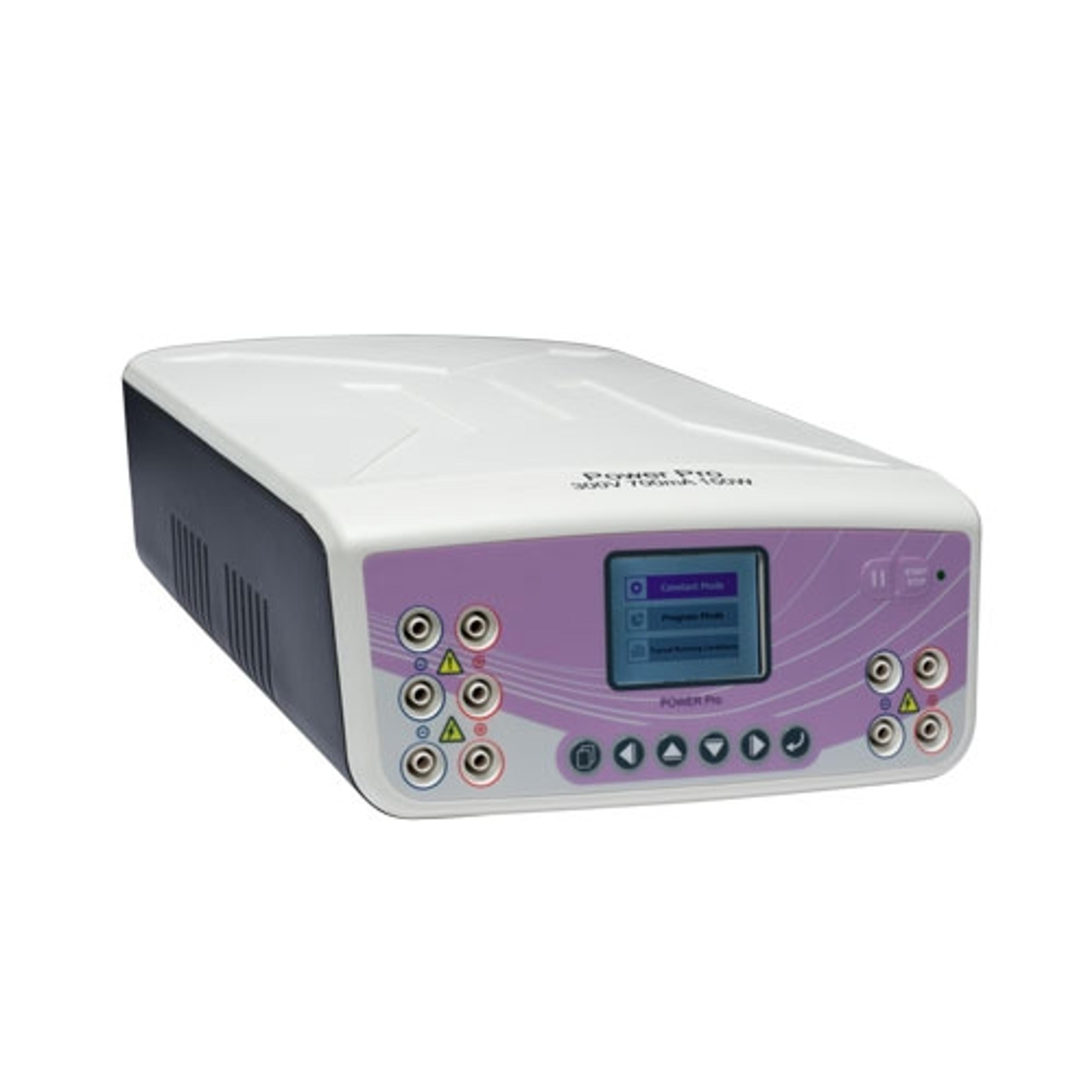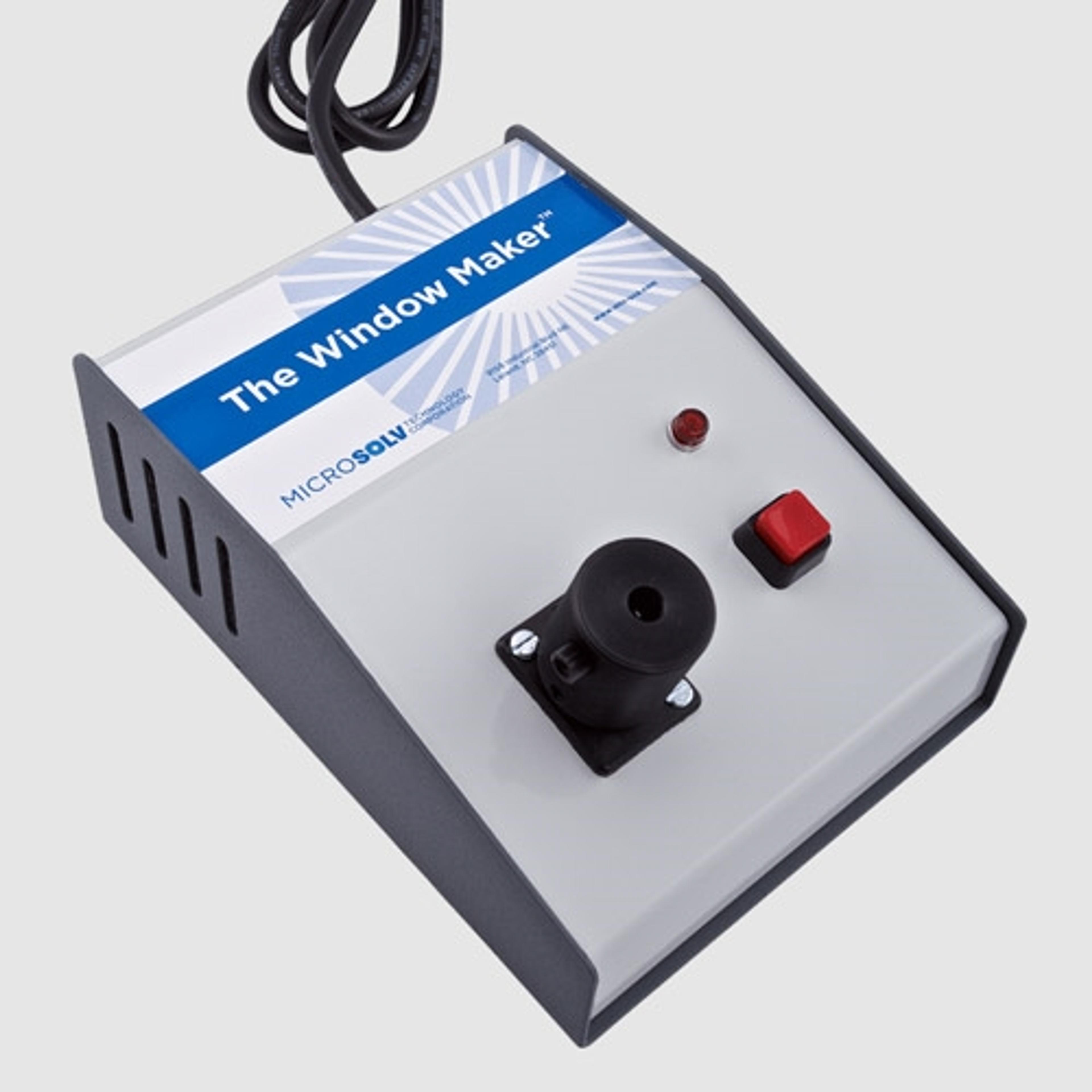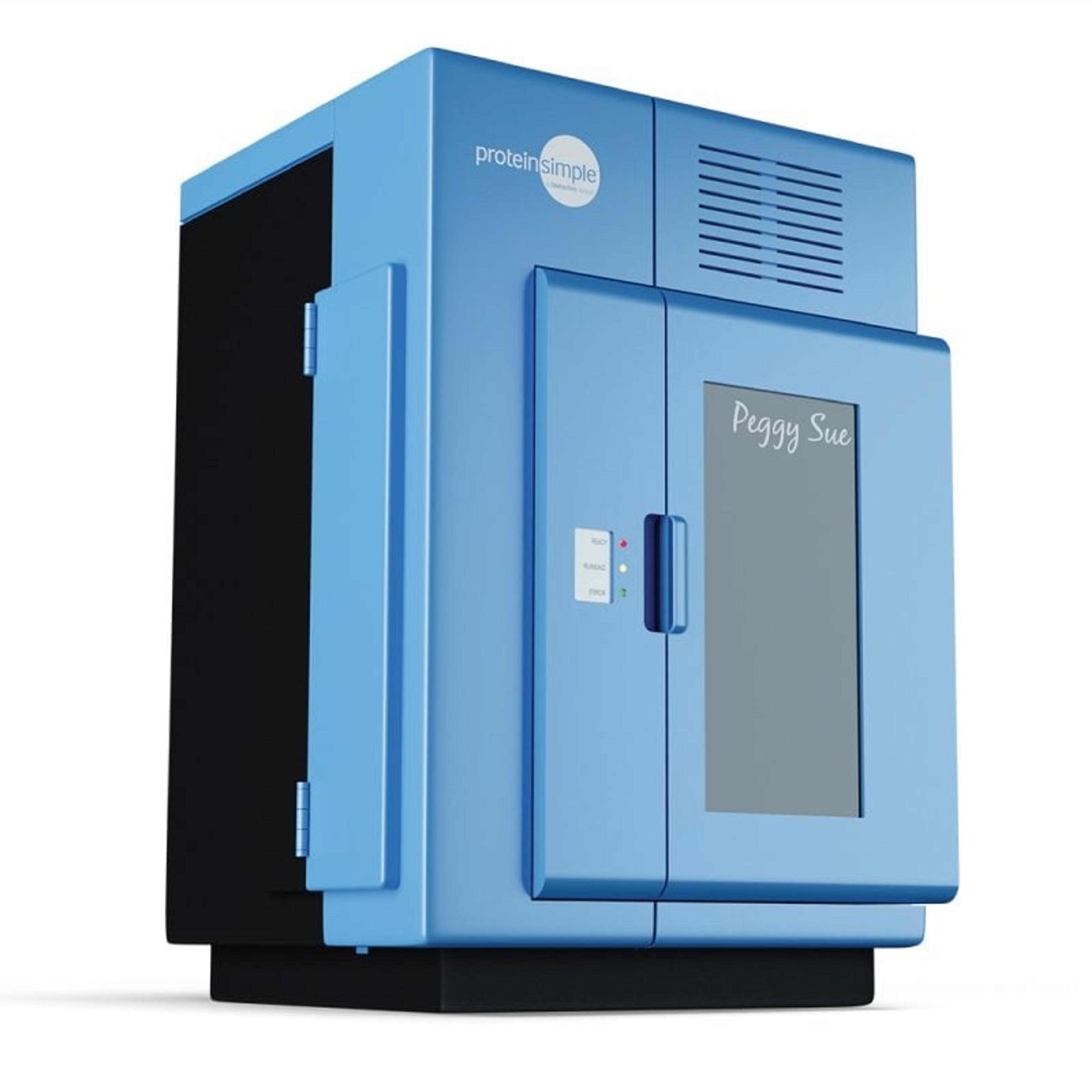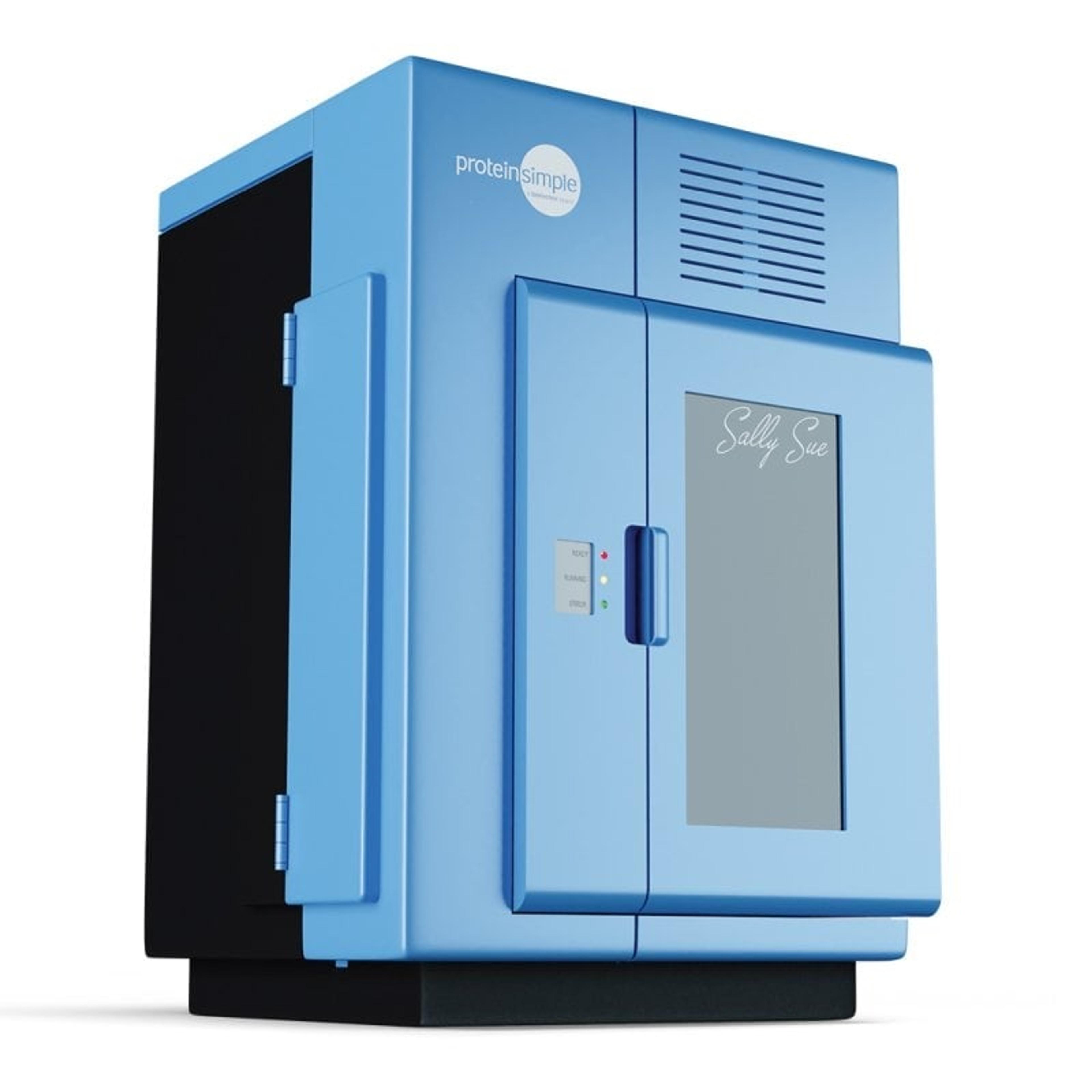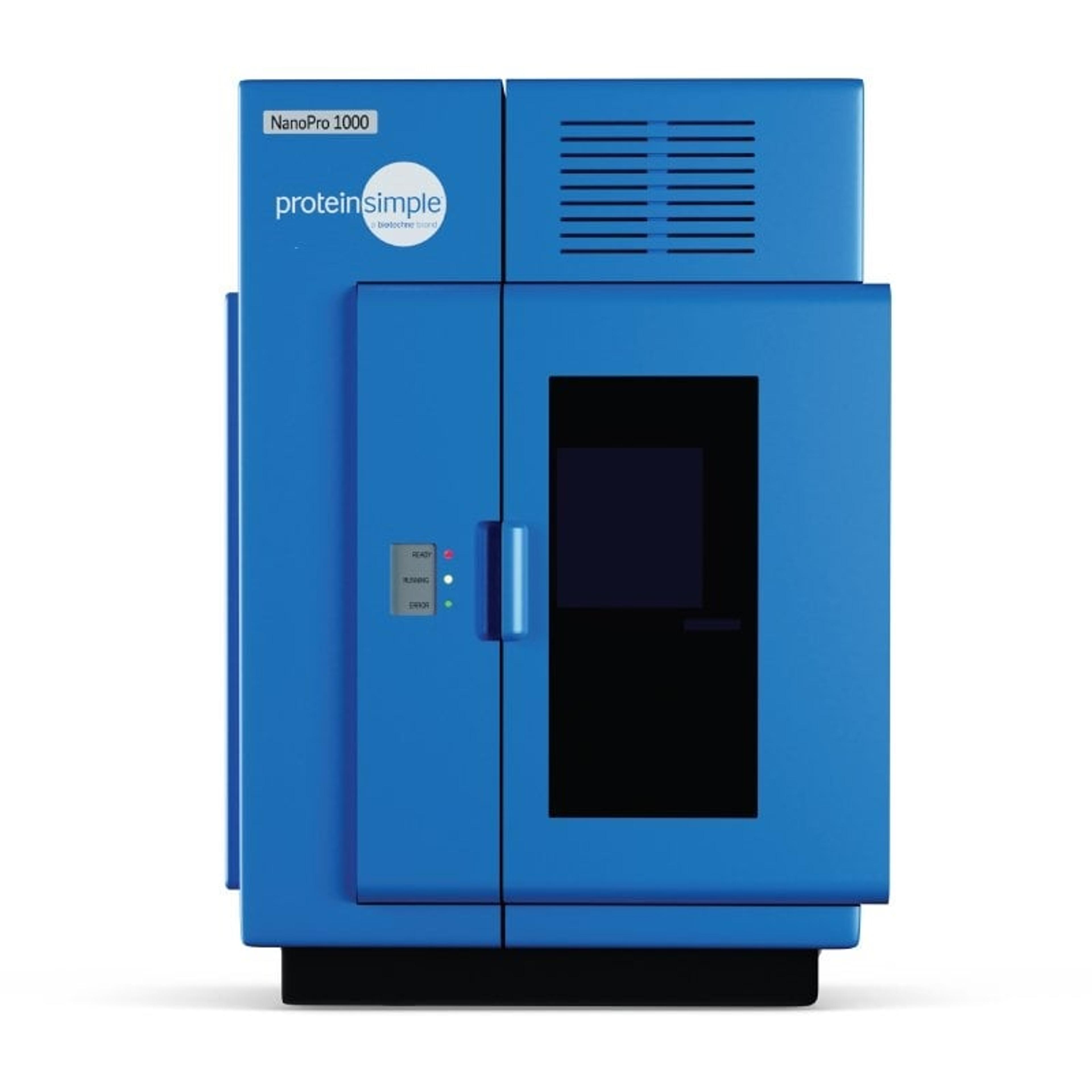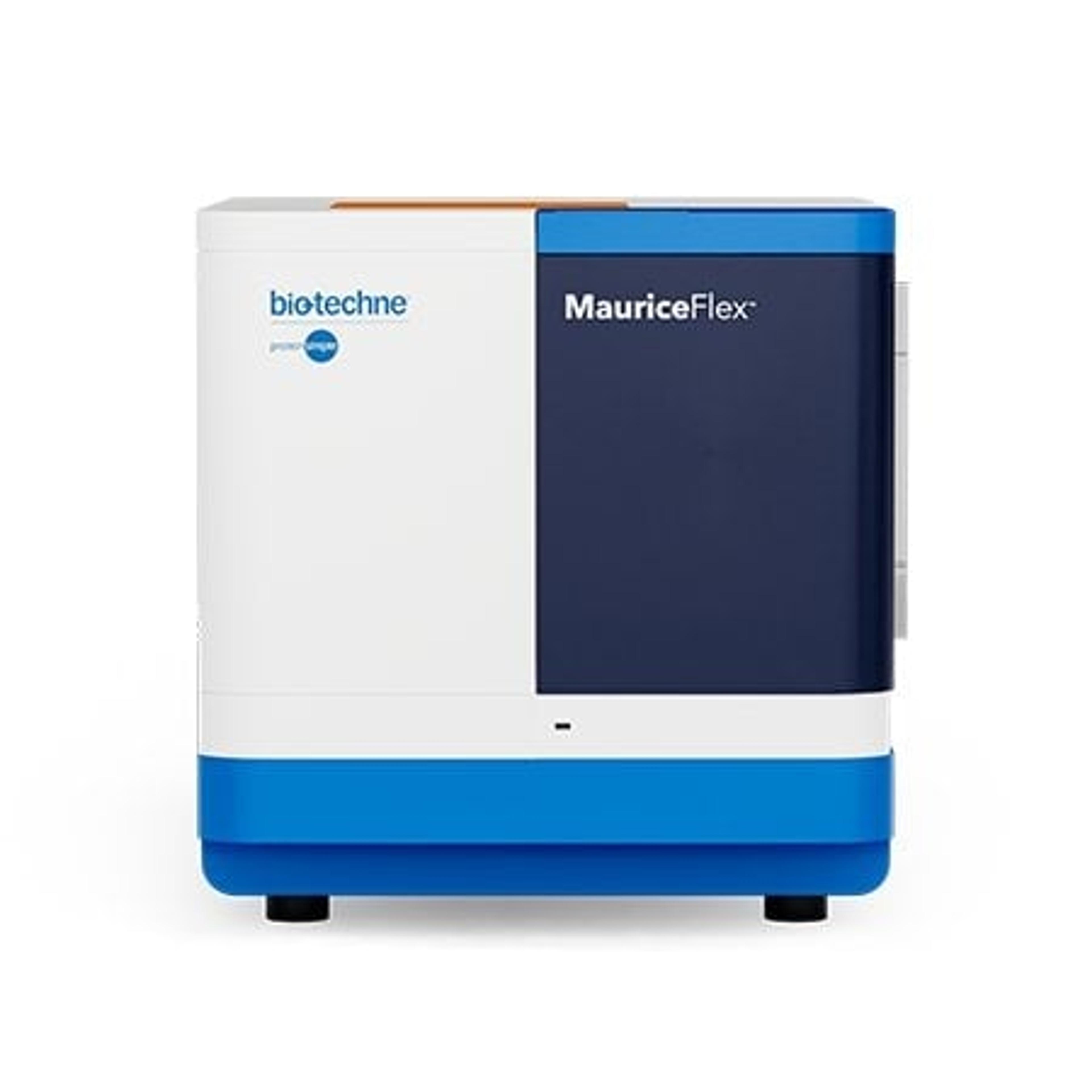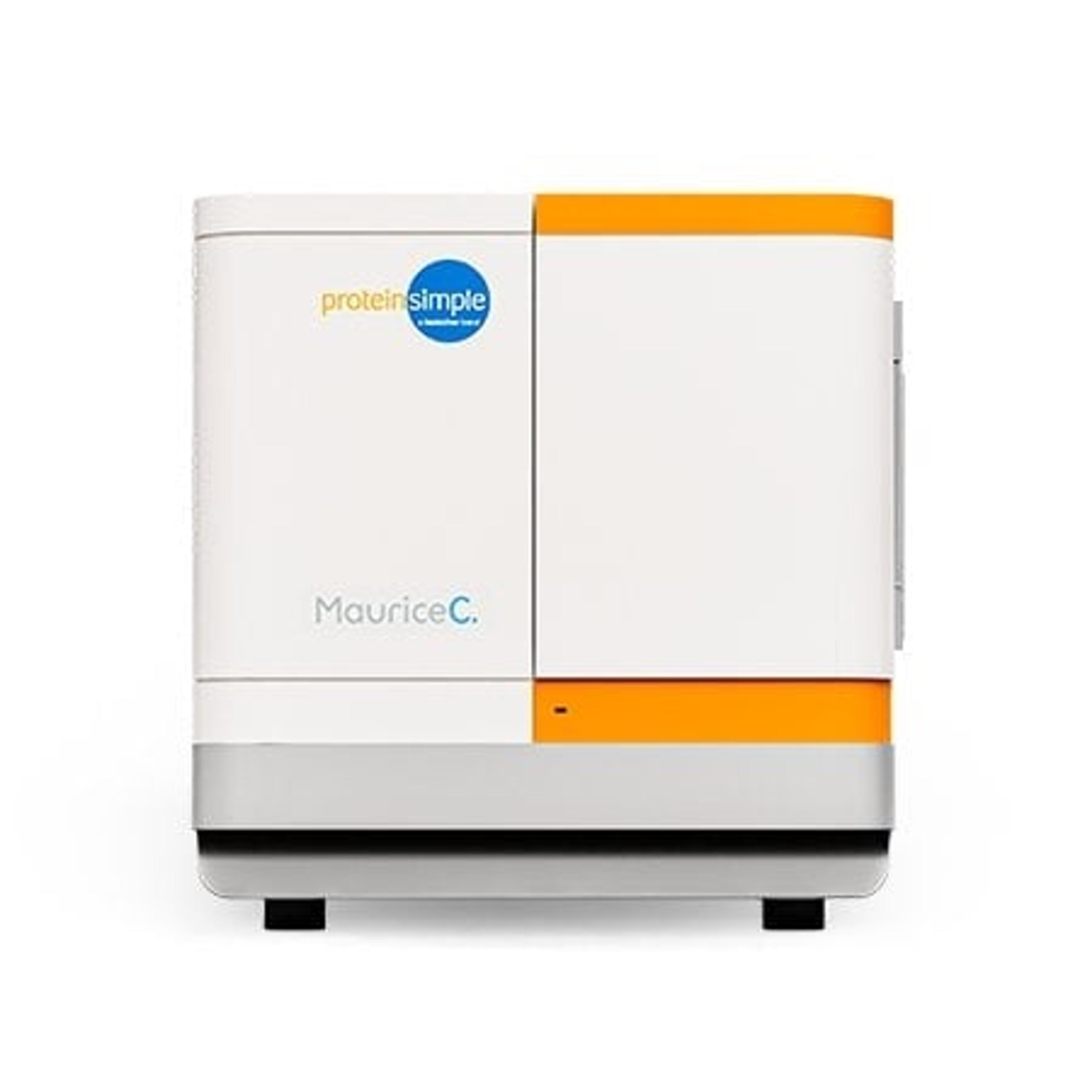Capillary Electrophoresis Products & Reviews
Capillary electrophoresis (CE) is used to separate molecules based on charge, size and hydrophobicity. Pressure, voltage or a vacuum is used to introduce the sample to fused silica capillaries. Fluorescence, UV/Vis, UV or diode array detectors are used to visualize components. Types of CE systems include capillary electrochromatography (CEC), capillary zone electrophoresis and capillary gel electrophoresis. Find the best capillary electrophoresis equipment in our peer-reviewed product directory: compare products, check customer reviews and receive pricing direct from manufacturers.
Selected Filters:
CEInfinite
Isogen Life ScienceCEInfinite Preparative facilitates charge variant characterization by direct MS-detection and automated fractionation. CEInfinite is a whole column imaging CIEF, which allows fast method development and high throughput compared to traditional CE. The system is known for its robustness and is FDA CFR 21 Part 11 compliant
The Window Maker
MicroSolv Technology Corp.The Window Maker will precisely burn off polyimide from 365um OD Capillaries for Capillary Electrophoresis. This unit includes a replaceable heating module that will burn approximately, 2mm Detection Windows without causing any defects in the Fused Silica with sharp edges, for maximum UV or Fluorescence Detection. Other size heating modules are sold separately that can be used with it. 110/120V with a US type Plug and is Not…
Peggy Sue™
Bio-TechnePeggy Sue™ lets you separate and analyze proteins by size or charge from 2-440 kDa either by immunoassay or total protein. Got small sample volumes or starting materials? No problem. She uses as little as 0.2 µg/µL of protein in just 5 µL of sample, and runs up to 96 samples in one experiment.
Sally Sue™
Bio-TechneSally Sue™ lets you separate and analyze proteins by size from 2-440 kDa either by immunoassay or total protein. Got small sample volumes or starting materials? No problem. She uses as little as 0.2 µg/µL of protein in just 5 µL of sample, and runs up to 96 samples in one experiment.
NanoPro™
Bio-TechneNanoPro™ 1000 gives you all the detailed info you need on your proteins—including characterization of post-translational protein modifications. He also runs the widest pl 3 to 10 gradient and analyzes up to 96 samples at a time to boot. Did we mention he's a conservationist too? Use as few as 25 cells per assay, even when you're characterizing low abundance proteins in limited cell populations.
MauriceFlex
Bio-TechneAn innovative, automated cIEF & CE-SDS analysis and cIEF fractionation platform



